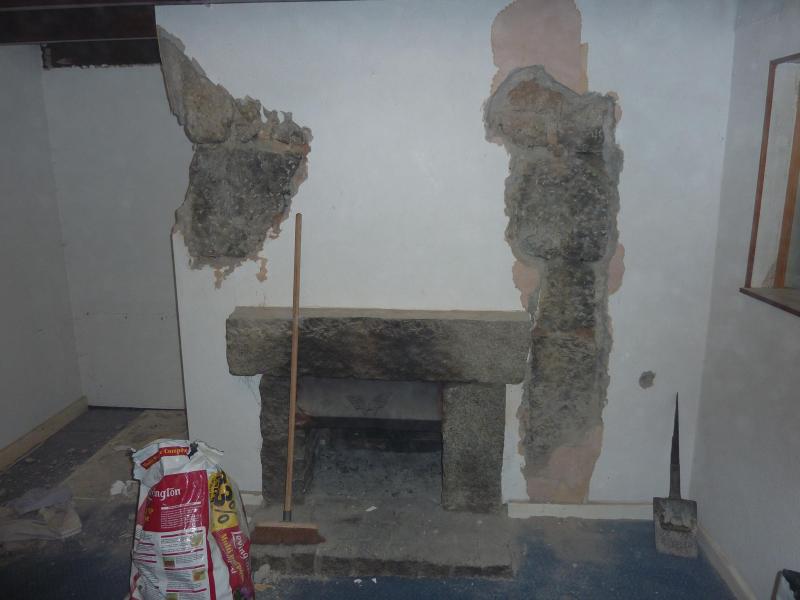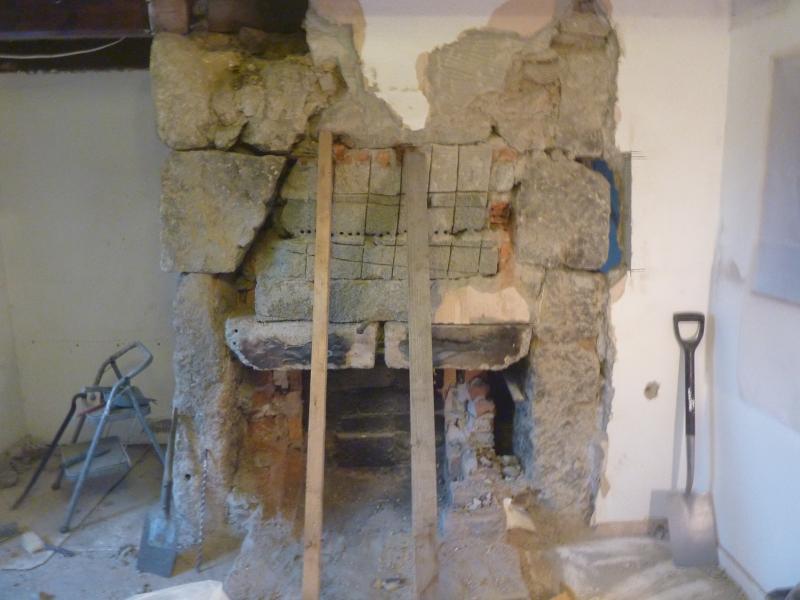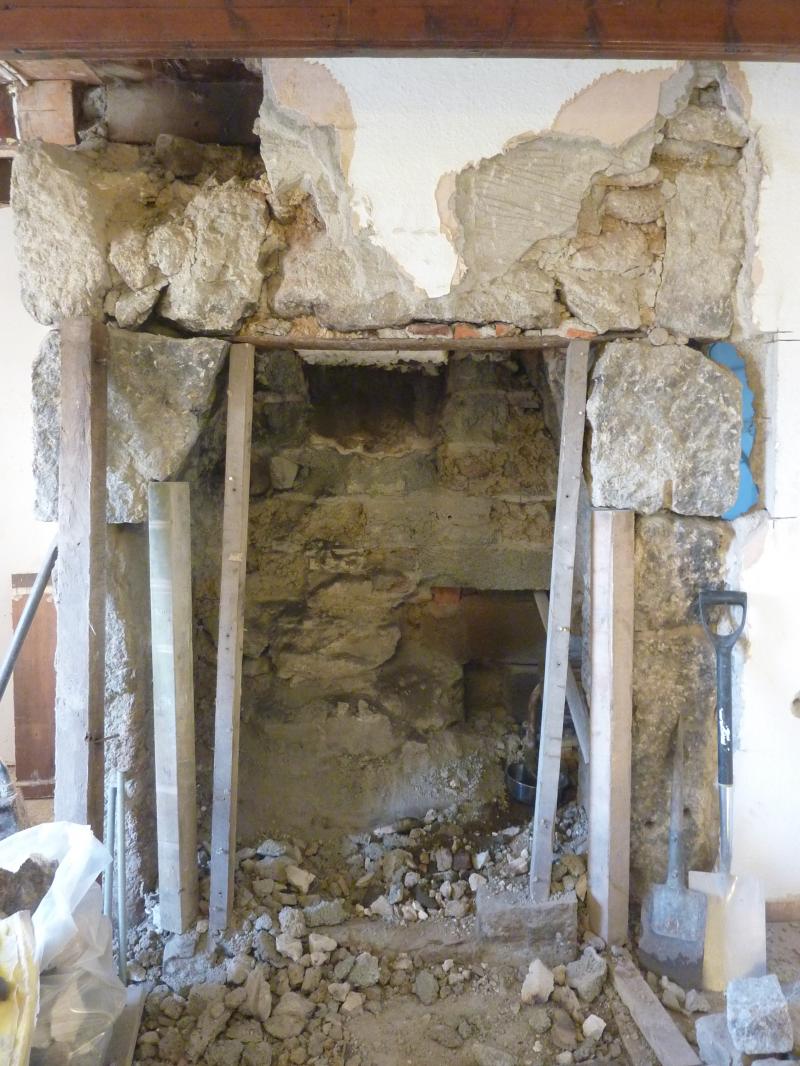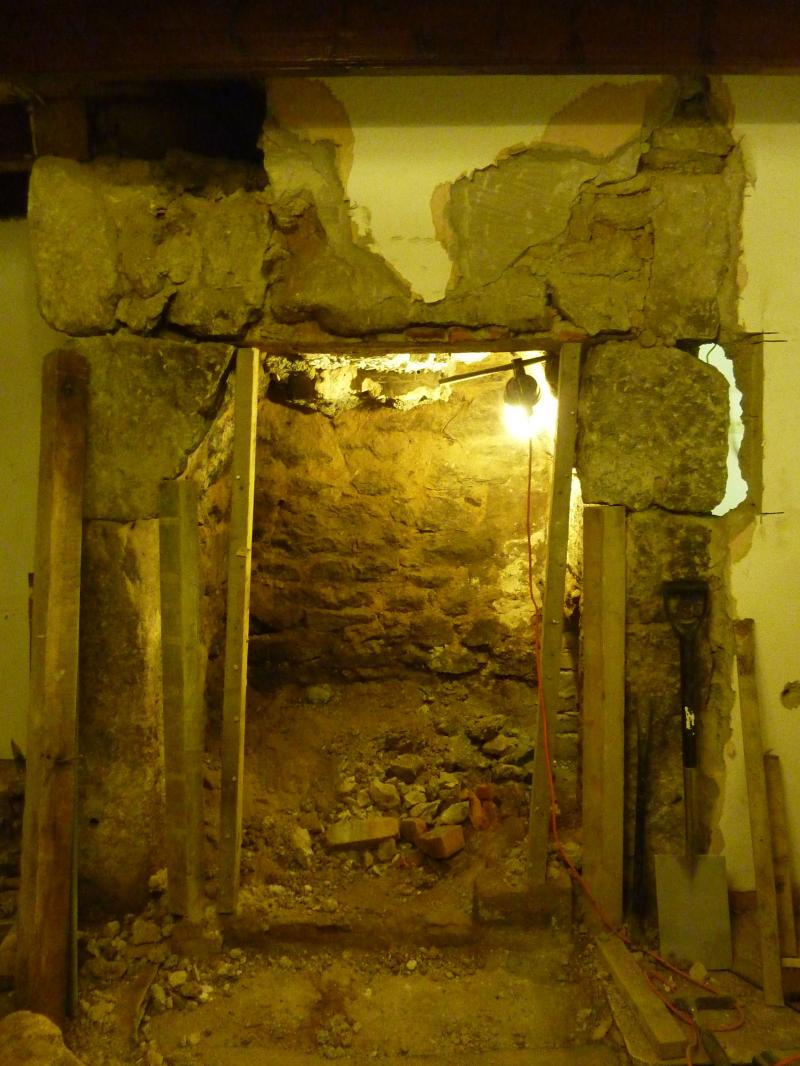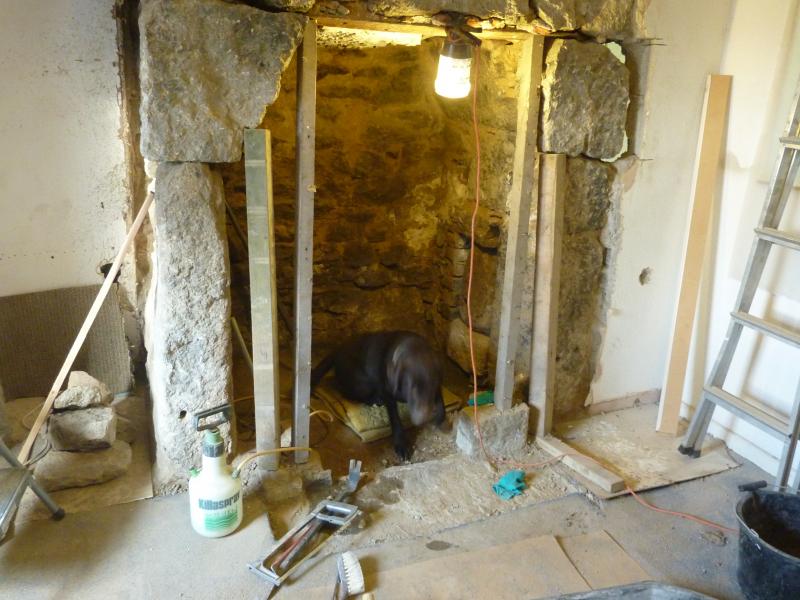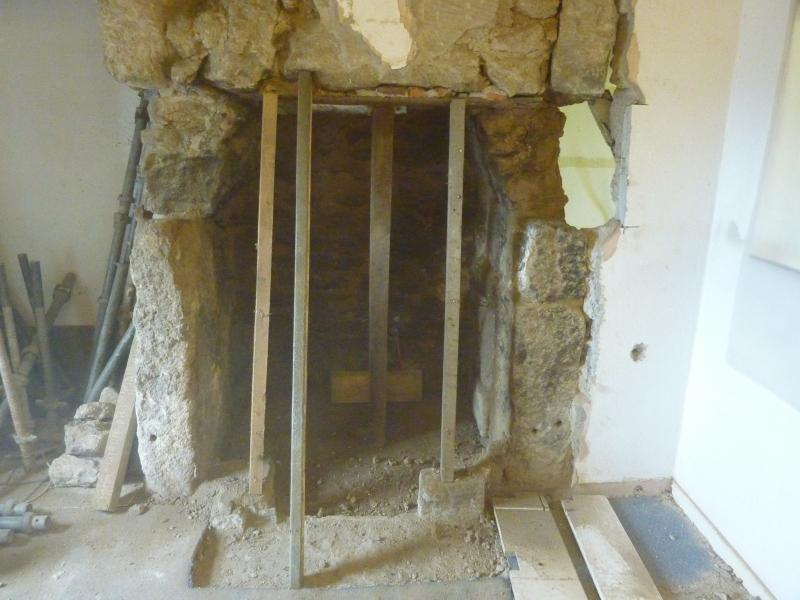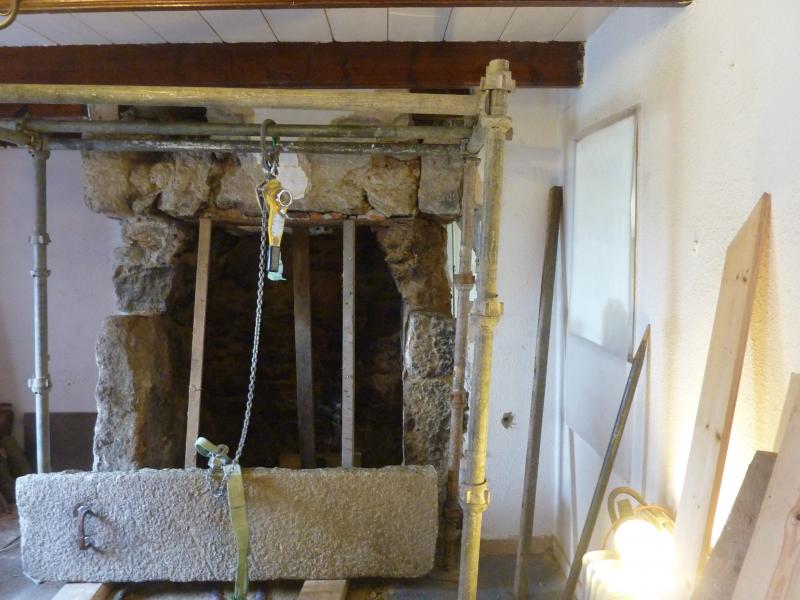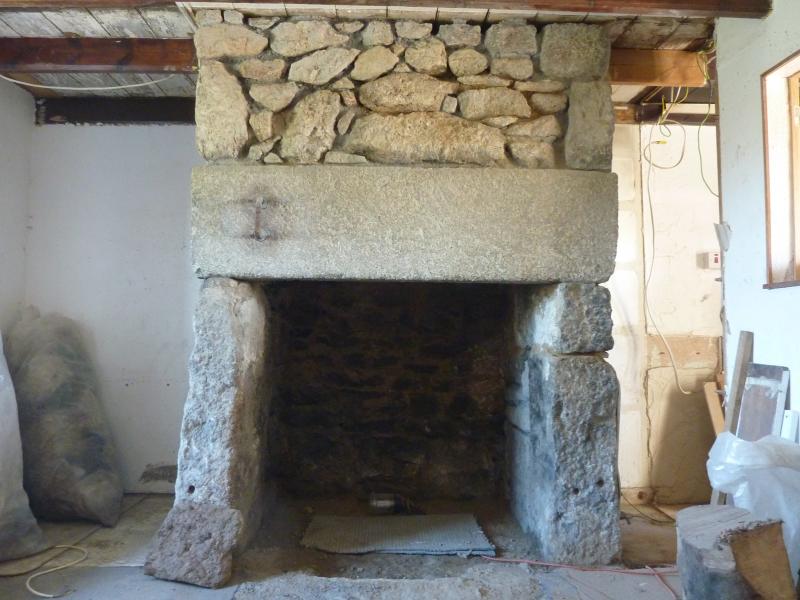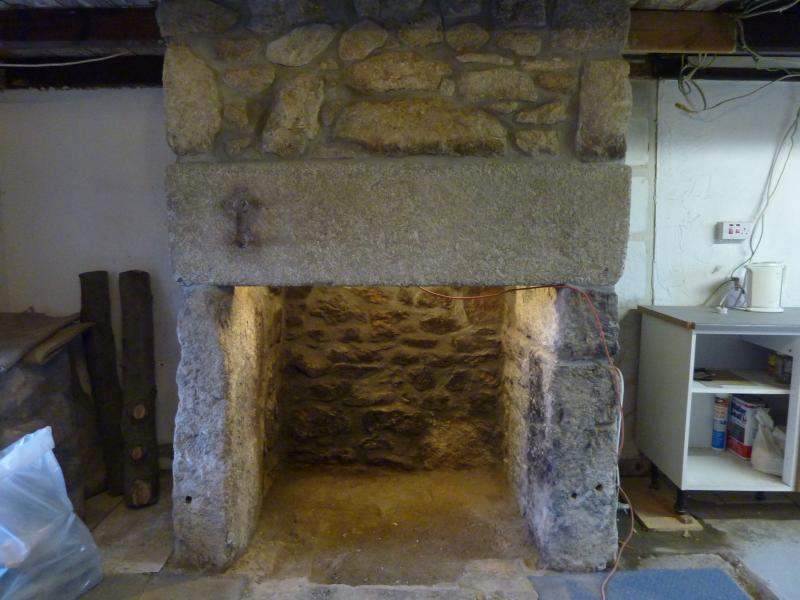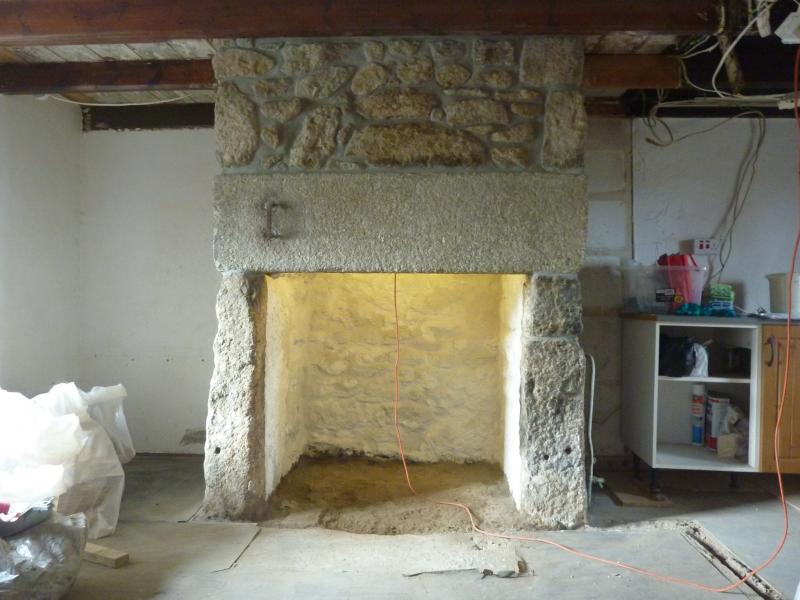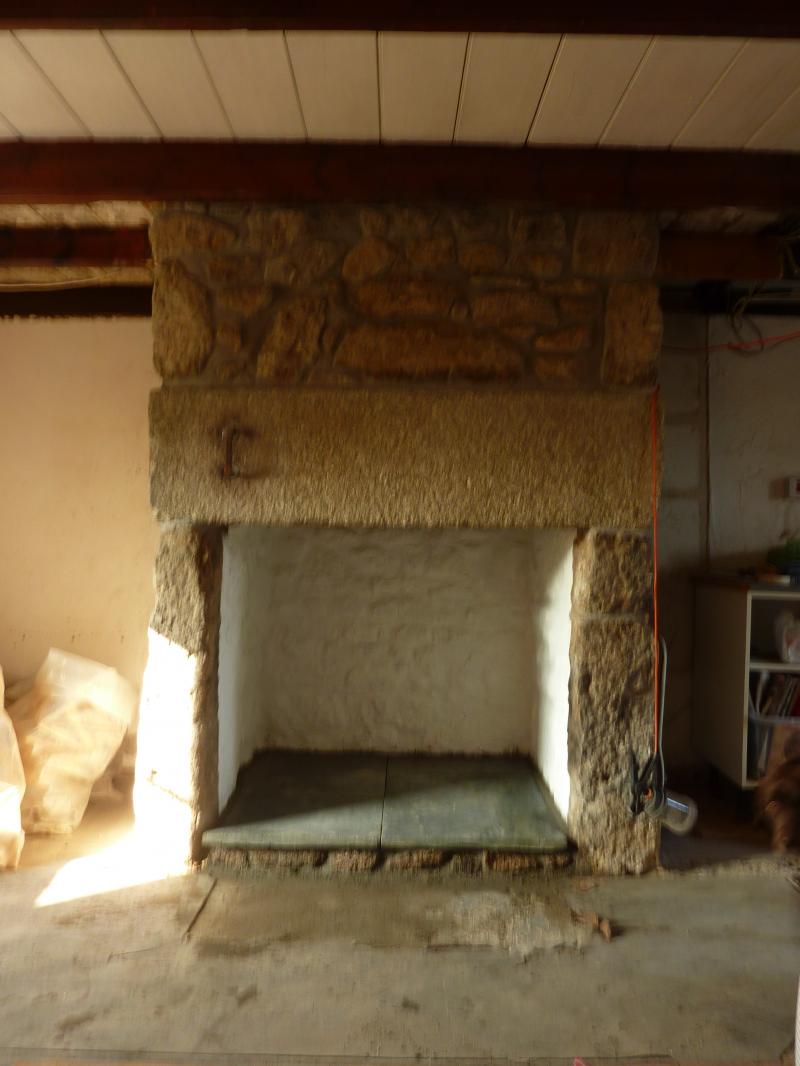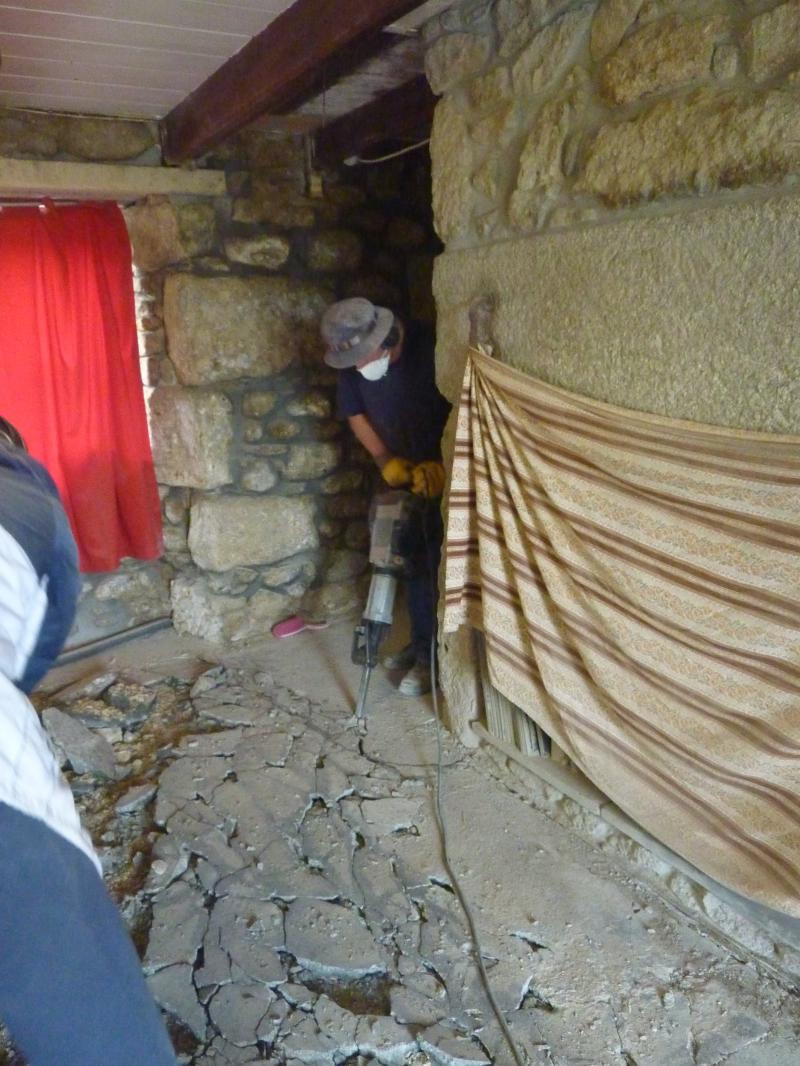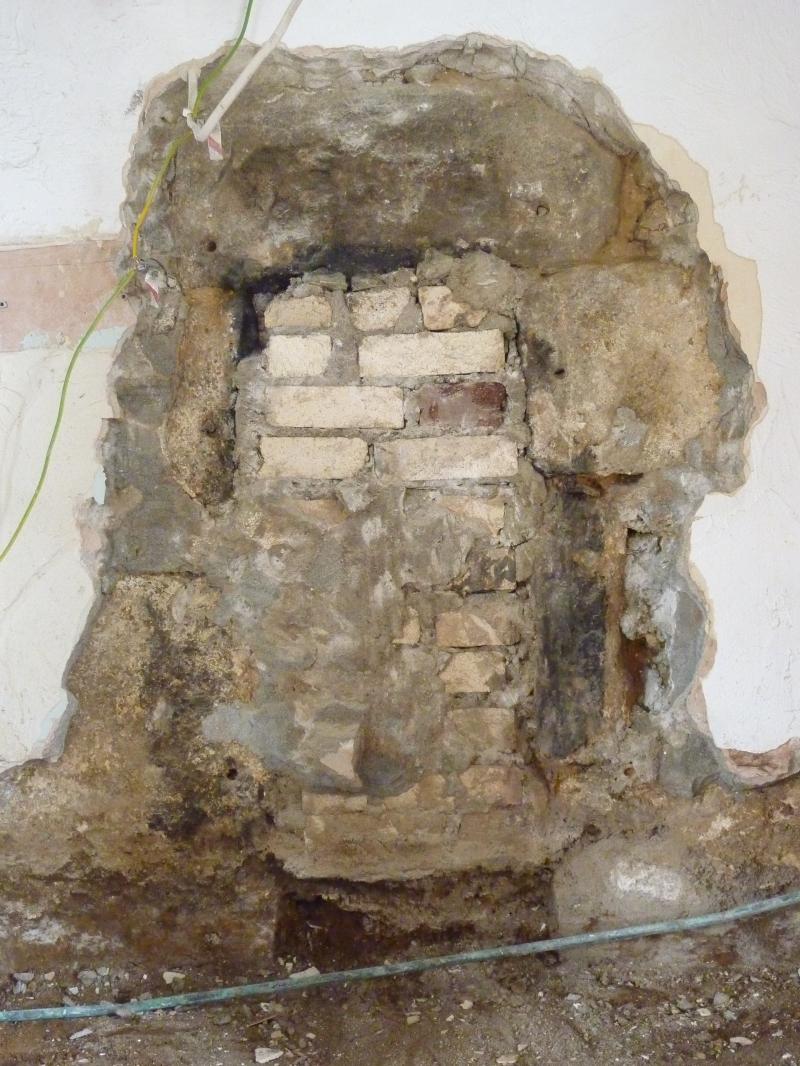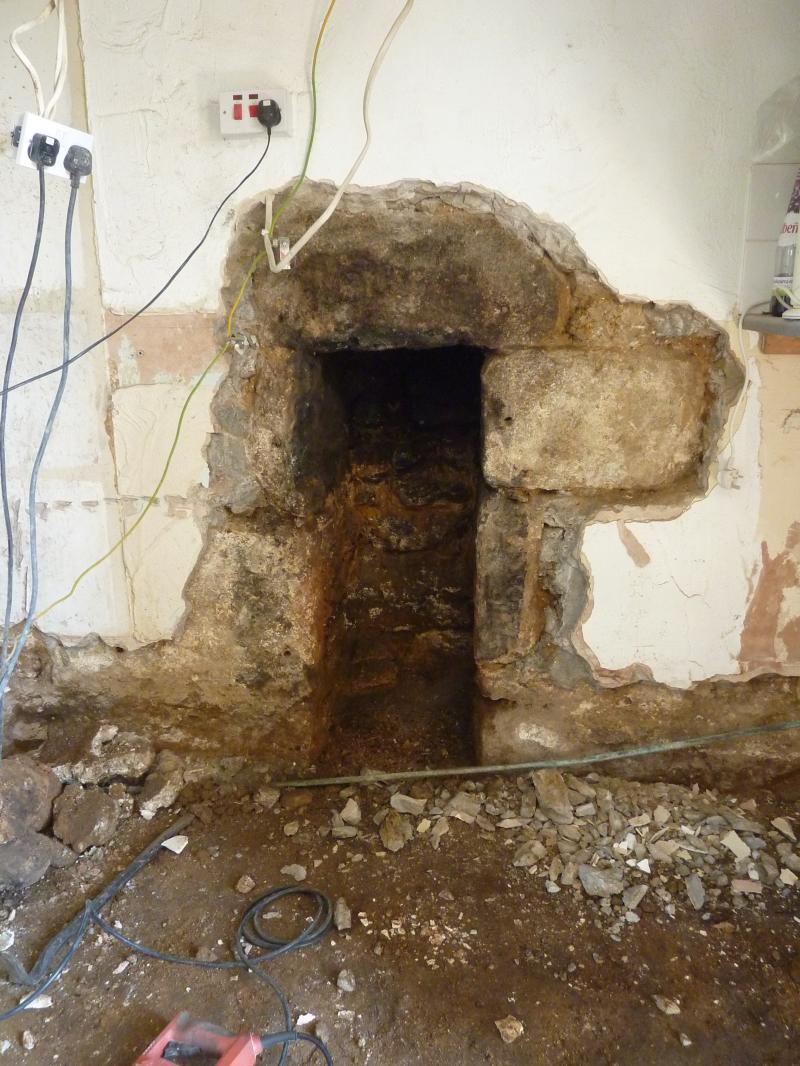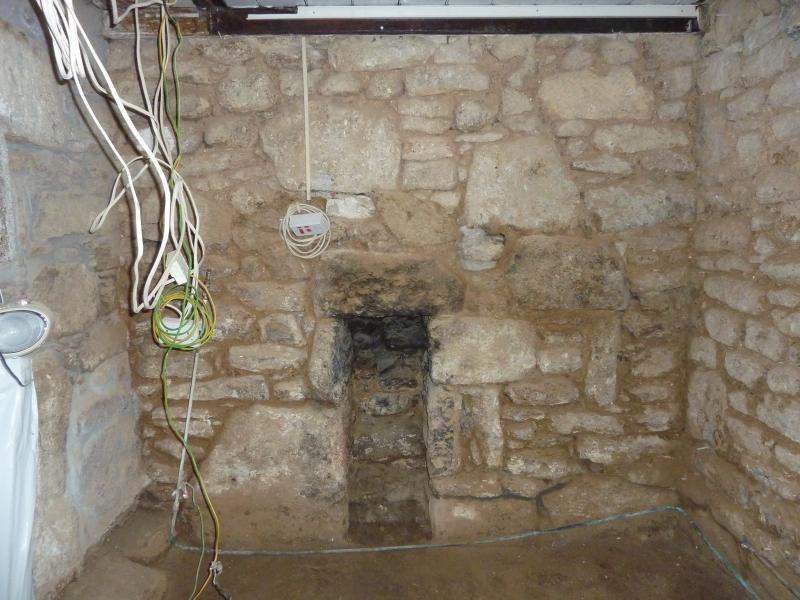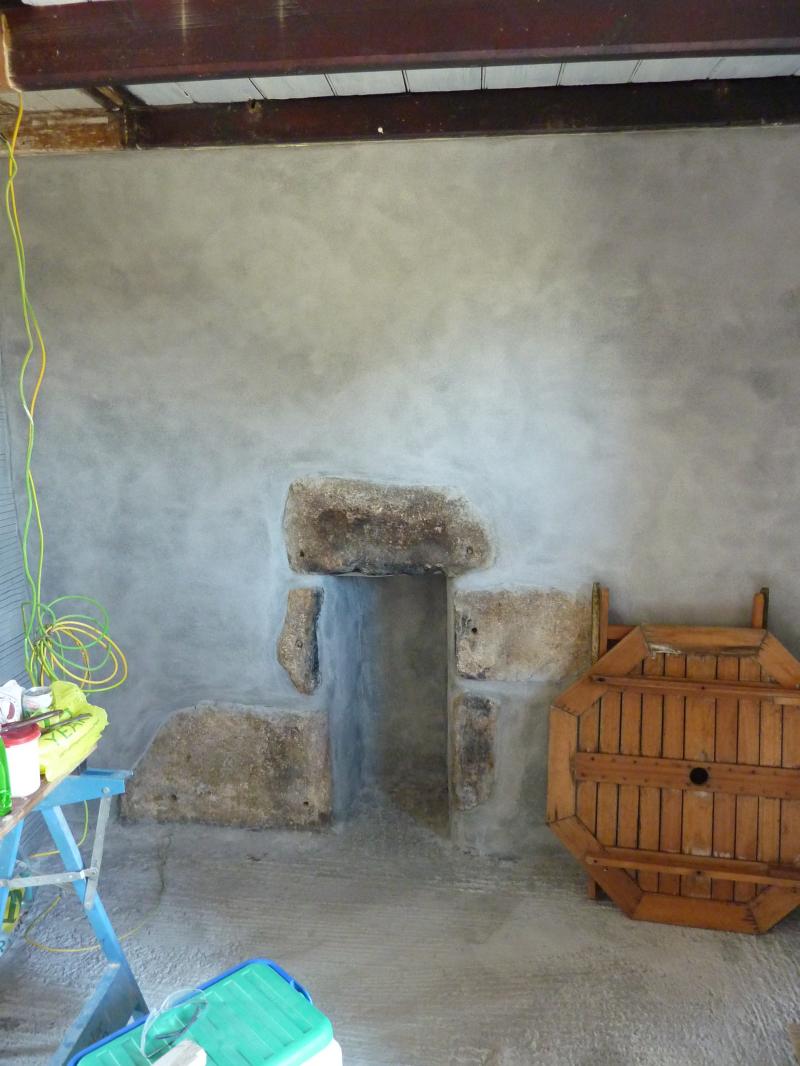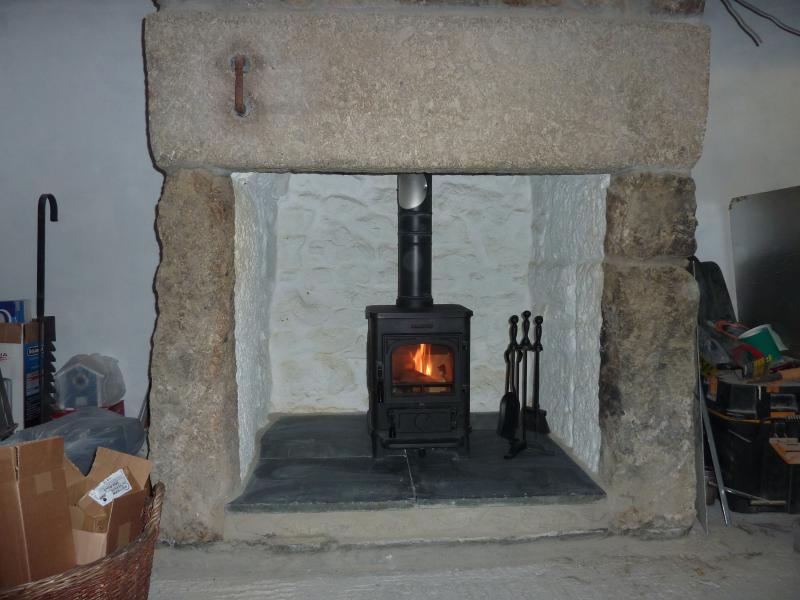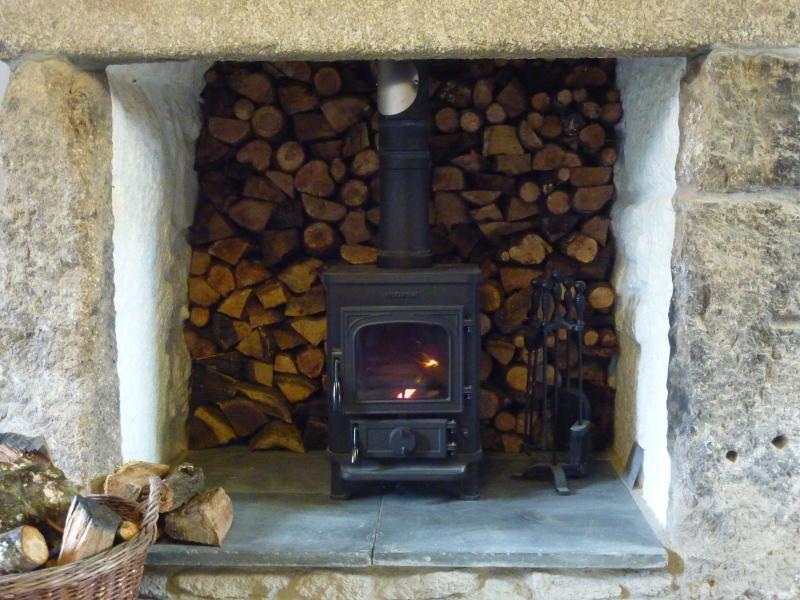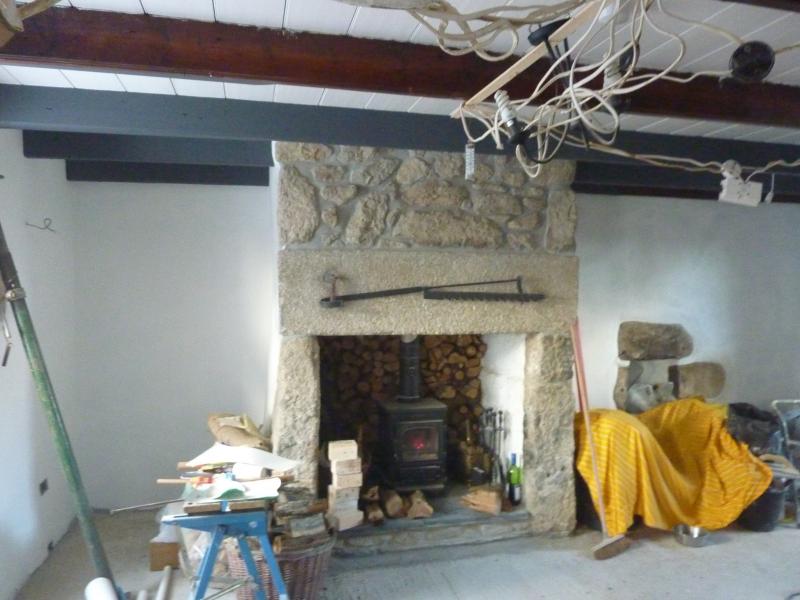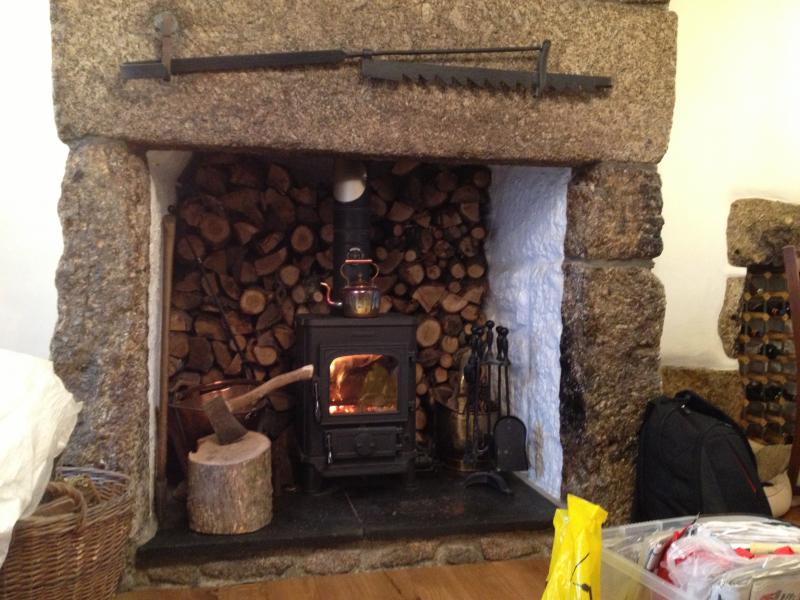- Joined
- 29 Dec 2010
- Messages
- 17
- Reaction score
- 0
- Country

Hi - We have a little cottage in Cornwall and we decided to chip back the horrid 1970s fire to see what was originally behind ... we were hoping to find a large granite inglenook and lintel and hoped a small wall was all that stood between us and a nice wood burner ... how wrong we were ...
... sadly as you will see below, the large granite lintel was broken out when the 1970s fireplace was put in ...
... and unfortunately it was primarily filled with concrete blocks laid side on all the way back (the little lintel in the last pic even had 6 reinforcement bars within it!) ...
... our main concern was the structural integrity of what was above but we thought whoever did this must have built it with the top remaining sound, having not seen this before we were unsure how to proceed ... we carried on chipping it out anyway ...
... thankfully we could then clearly see how the inglenook was constructed and how the inside was filled – all very stable ...
... we finally found the sooty back wall !!! – the pic’s don’t do it justice ... the internal dimensions are roughly 1.1m deep (behind the lintel to the wall) x 1.2 m wide (inside -between the sides) ... just a little bit to go now to get it to floor level, then back off to the local reclamation yard to find a nice bit of slate for the hearth ...
... We have found a Lintel with the right dimensions and colour granite to replace the original it’s just a little long ... So this is where we are now ...

... sadly as you will see below, the large granite lintel was broken out when the 1970s fireplace was put in ...
... and unfortunately it was primarily filled with concrete blocks laid side on all the way back (the little lintel in the last pic even had 6 reinforcement bars within it!) ...
... our main concern was the structural integrity of what was above but we thought whoever did this must have built it with the top remaining sound, having not seen this before we were unsure how to proceed ... we carried on chipping it out anyway ...
... thankfully we could then clearly see how the inglenook was constructed and how the inside was filled – all very stable ...
... we finally found the sooty back wall !!! – the pic’s don’t do it justice ... the internal dimensions are roughly 1.1m deep (behind the lintel to the wall) x 1.2 m wide (inside -between the sides) ... just a little bit to go now to get it to floor level, then back off to the local reclamation yard to find a nice bit of slate for the hearth ...
... We have found a Lintel with the right dimensions and colour granite to replace the original it’s just a little long ... So this is where we are now ...

